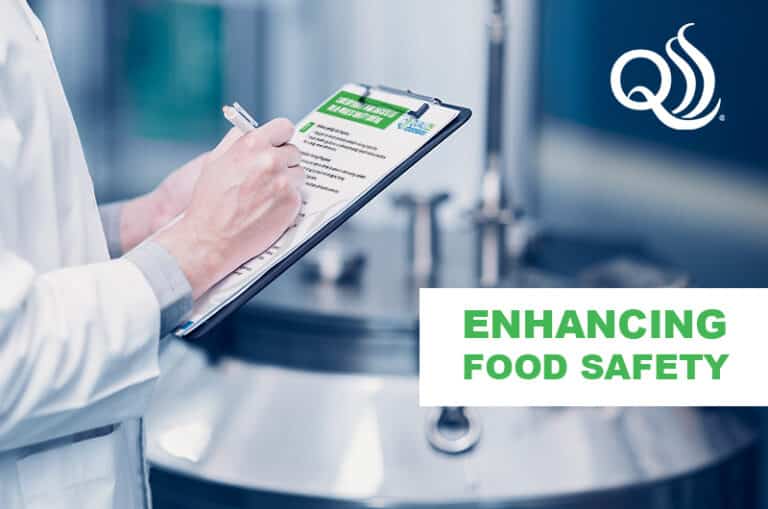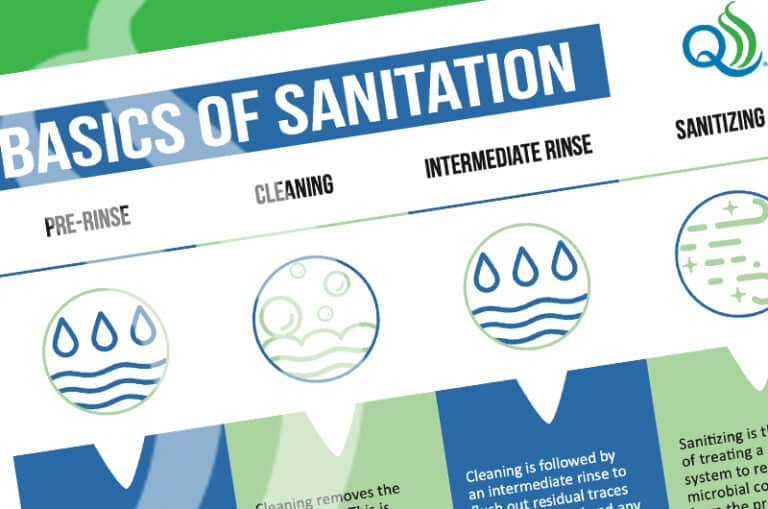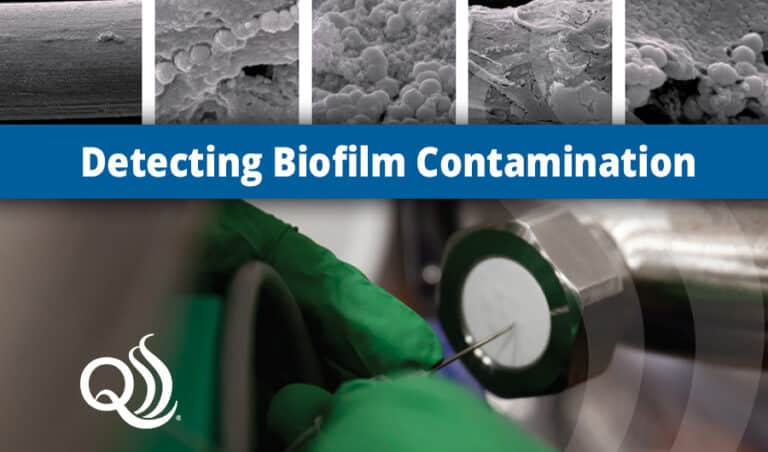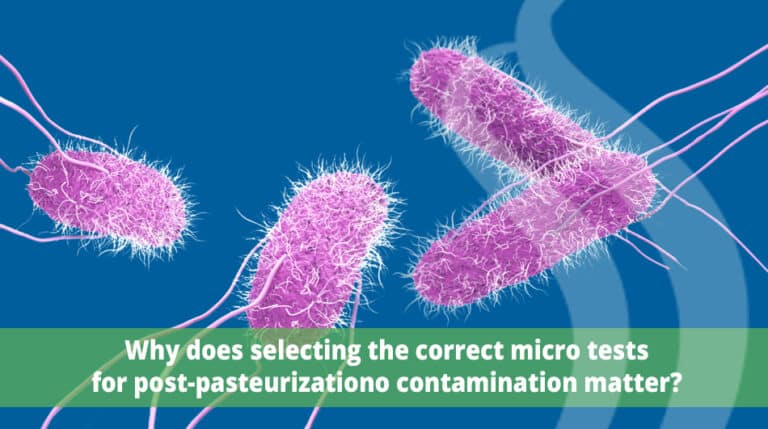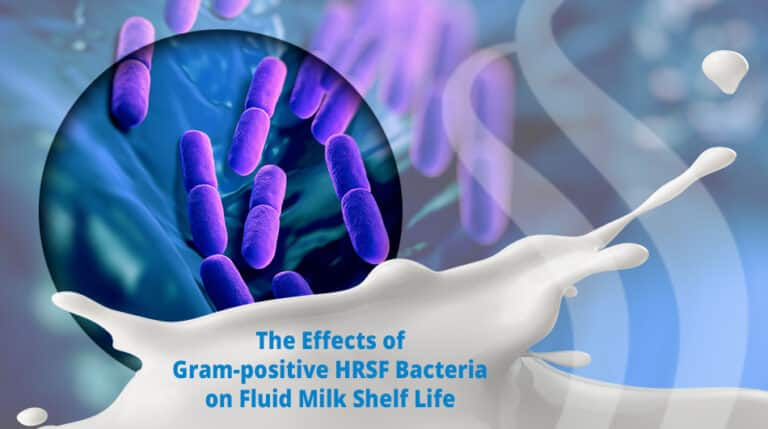Leveraging Sanitary Survey Sampling for In-Process Quality Control
In a typical food plant, appropriate preventive controls are implemented to address the inevitable hazards from a variety of sources to ensure that the resulting products are safe. As part of these programs, we traditionally think of sampling ingredients or finished products to help verify the effectiveness and thorough implementation of these controls. Many food companies…

